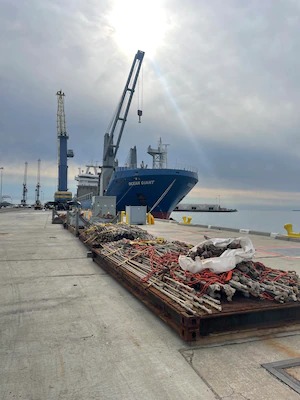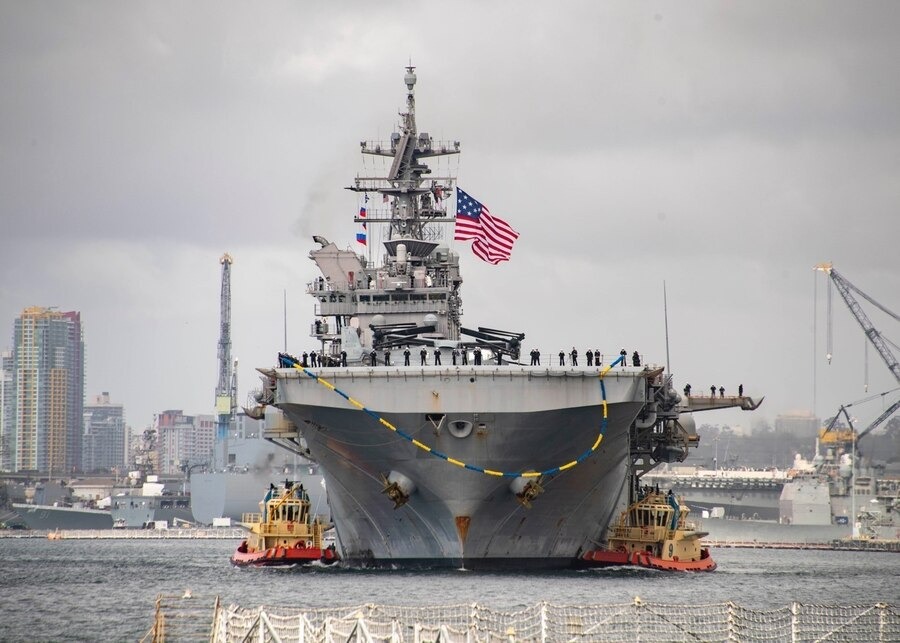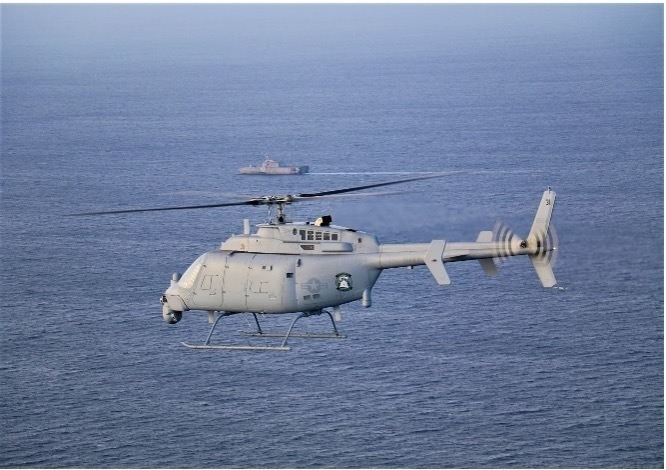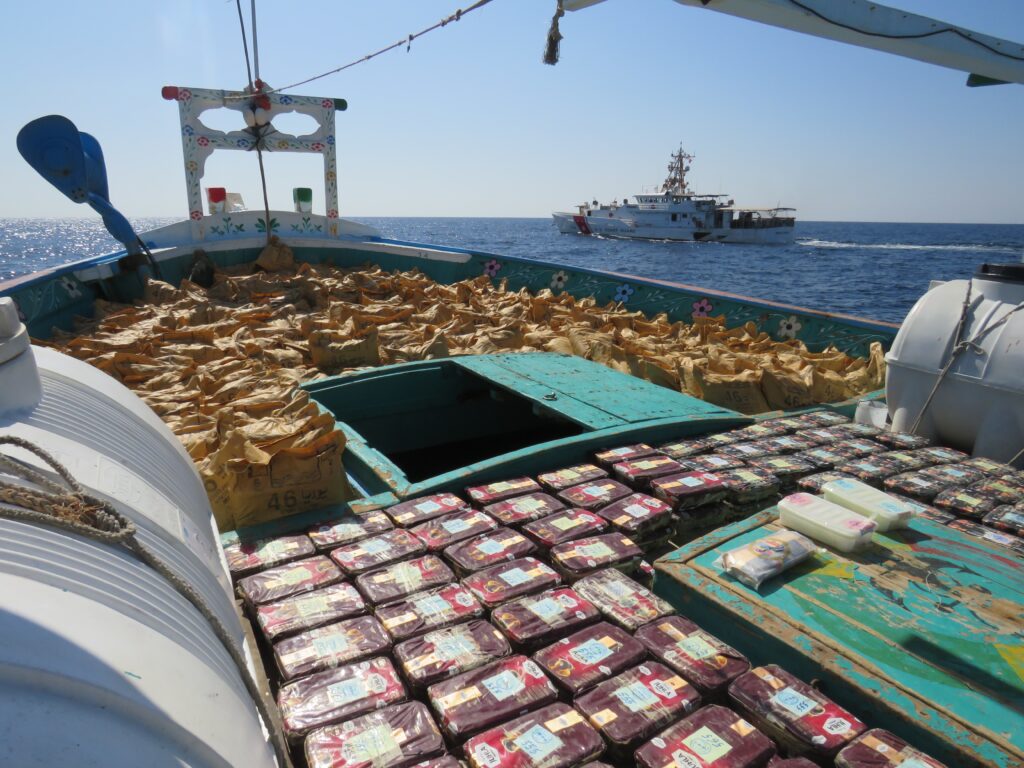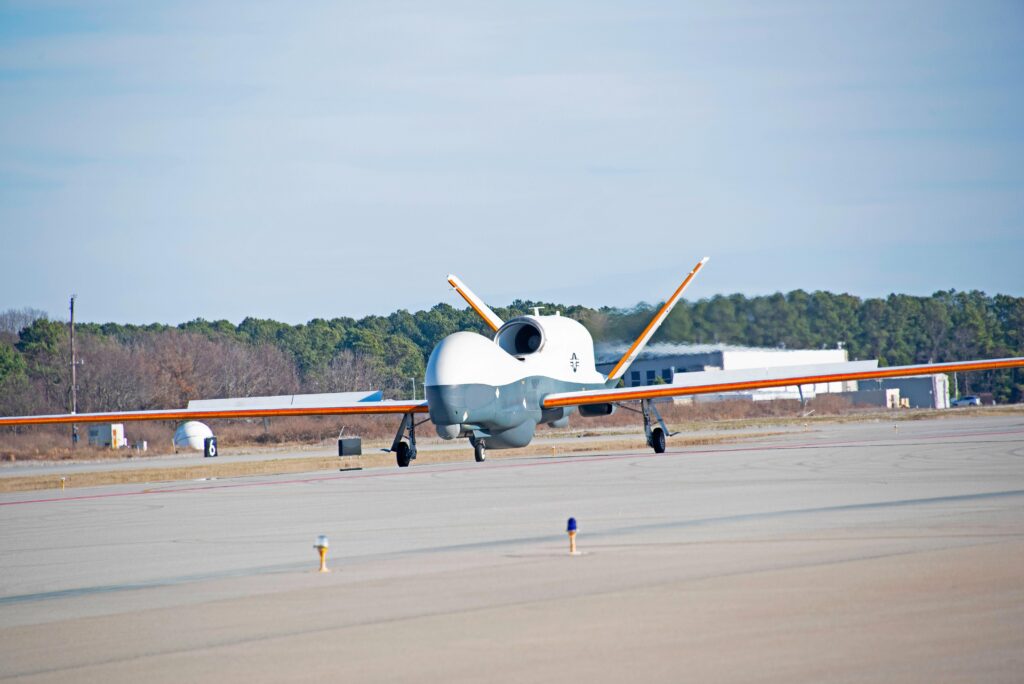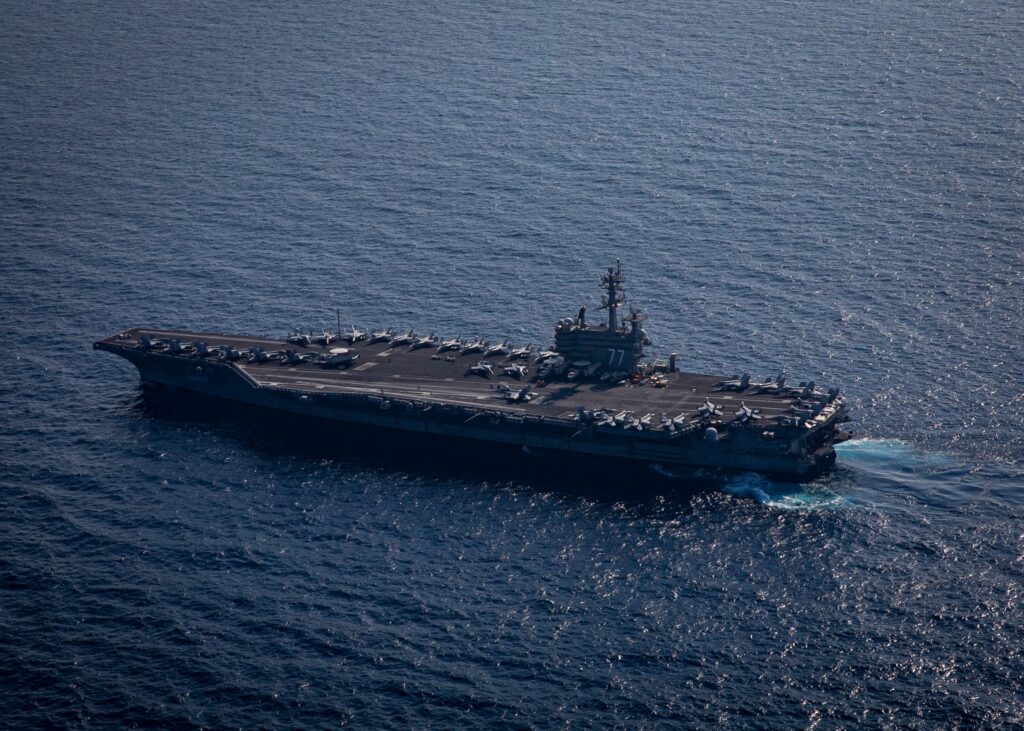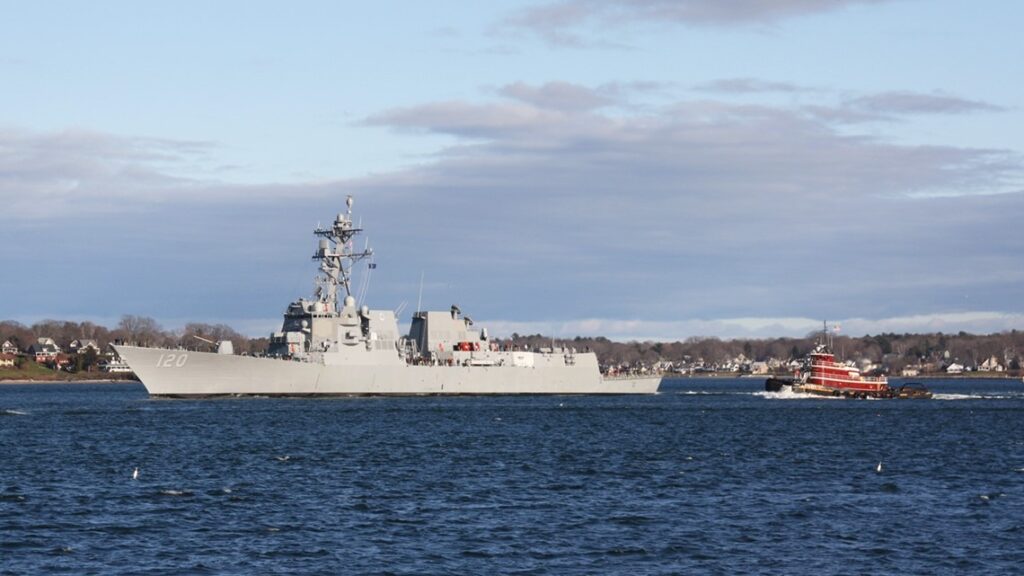U.S. Central Command Supports Partner Forces in Major Iranian Weapons Seizure
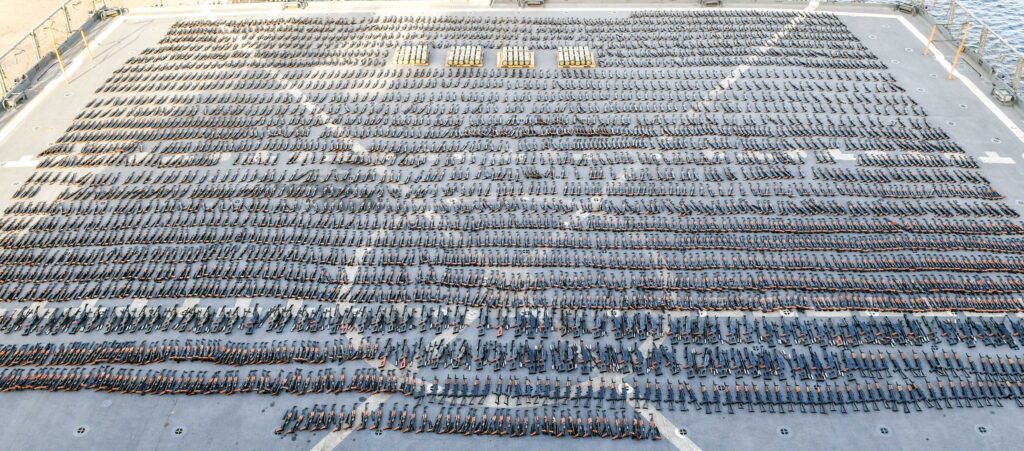
Release from U.S. Central Command Public Affairs
*******
By U.S. Central Command Public Affairs | February 02, 2023
TAMPA, Fla. —
U.S. Central Command supported a maritime interdiction earlier this month that resulted in the seizure by partner naval forces of weapons that originated in Iran and were bound for Yemen.
The interdiction took place in the Gulf of Oman on Jan. 15, along routes historically used to traffic weapons unlawfully from Iran to Yemen. More than 3,000 assault rifles, 578,000 rounds of ammunition and 23 advanced anti-tank guided missiles were recovered.
CENTCOM and partner naval forces regularly conduct regional maritime security operations. The seizure is one of four significant illicit cargo interdictions over the past two months that have prevented more than 5,000 weapons and 1.6 million rounds of ammunition from reaching Yemen.
CENTCOM forces previously intercepted a fishing vessel Jan. 6 in the Gulf of Oman and discovered it smuggling more than 2,100 assault rifles along a maritime route from Iran to Yemen.
In 2021, CENTCOM prevented 9,000 illegal weapons from reaching Yemen, representing a 200% increase in the number of weapons seized over the previous year. In 2022, CENTCOM Maritime assets and partner forces seized weapons components for the same type of cruise missiles launched in attacks against Saudi Arabia and the United Arab Emirates earlier in the year. In December 2022, U.S. naval forces also seized explosive precursor materials that included 140 tons of urea fertilizer, 70 tons of ammonium perchlorate, and 50 tons of ammunition rounds, fuses, and propellants for rockets.
